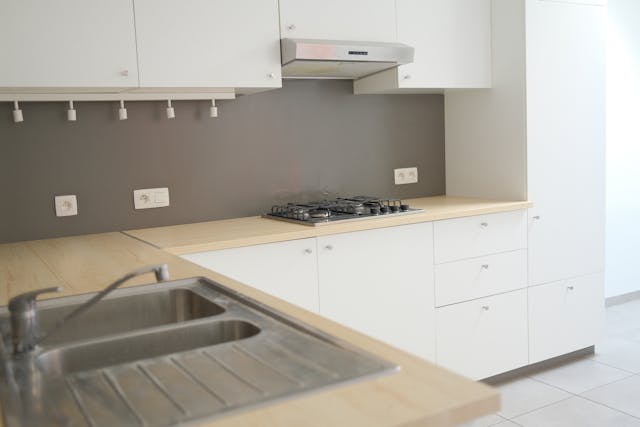In the hustle and bustle of modern living, the kitchen remains the heart of the home. Behind the scenes of these warm and inviting spaces, an essential but often overlooked component works tirelessly to ensure a healthy and comfortable environment: the kitchen exhaust shaft. The importance of this feature cannot be overstated, as it plays a crucial role in maintaining air quality, removing unwanted odours, and ensuring the overall safety and hygiene of the home.
Firstly, the presence of smoke and steam can significantly deteriorate indoor air quality. Poor air quality can cause respiratory issues, allergies, and other health problems, especially for individuals with pre-existing conditions like asthma. A kitchen exhaust shaft effectively removes these pollutants, replacing stale air with fresh, clean air, thereby promoting a healthier living environment.
Moreover, the elimination of cooking odours is another critical function of the kitchen exhaust shaft. While the aroma of a home-cooked meal can be delightful, lingering food odours can be unpleasant and pervasive, seeping into upholstery, curtains, and other fabrics throughout the house. Persistent odours can be challenging to eradicate and can diminish the overall comfort and appeal of a home. By swiftly expelling cooking smells, an exhaust shaft ensures that the kitchen and adjacent areas remain fresh and inviting.

In addition to managing smoke and odours, the kitchen exhaust shaft also plays a vital role in controlling humidity levels. Cooking generates a considerable amount of steam, which can increase indoor humidity if not properly vented. Mold spores can spread quickly, posing serious health risks and causing structural damage to the home. By efficiently venting steam and moisture, the kitchen exhaust shaft helps to maintain optimal humidity levels, preventing the onset of mould and mildew and safeguarding the integrity of the home.
The presence of grease particles in the air is another significant concern in the kitchen. Grease from cooking can accumulate on surfaces, making them sticky and difficult to clean. More importantly, Regular maintenance and cleaning of the exhaust system further enhance its effectiveness in mitigating fire risks.
Beyond health and safety considerations, the kitchen exhaust shaft also contributes to the overall efficiency and functionality of the kitchen. By removing excess heat generated during cooking, it helps to maintain a comfortable temperature in the kitchen. This not only makes the cooking process more enjoyable but also prevents the overworking of the home’s air conditioning system, leading to energy savings. Additionally, by venting out hot air, the exhaust shaft helps protect kitchen appliances and cabinetry from heat damage, prolonging their lifespan and preserving the aesthetic appeal of the kitchen.

In an era where sustainability and energy efficiency are paramount, the kitchen exhaust shaft can also play a role in reducing the environmental impact of the home. Modern exhaust systems are designed with energy-efficient motors and features that minimize energy consumption while maximizing ventilation performance. Some advanced systems are even equipped with heat recovery functions, which capture and reuse the heat from the exhaust air, further enhancing energy efficiency.
The importance of a kitchen exhaust shaft extends beyond residential settings. In commercial kitchens, where cooking activities are more intensive and continuous, the need for effective ventilation becomes even more critical. Properly designed and maintained exhaust systems in restaurants and food service establishments are essential for ensuring the safety and comfort of both employees and patrons.



